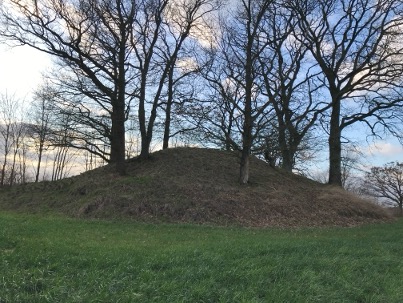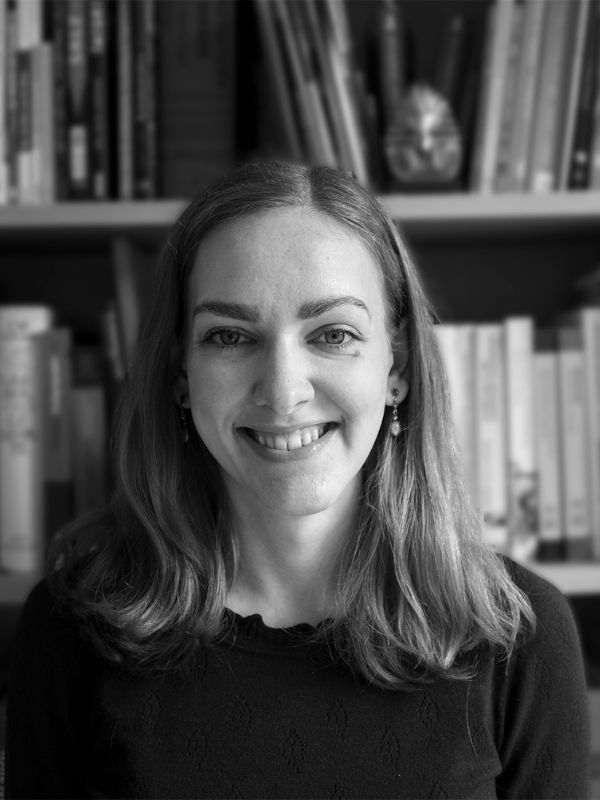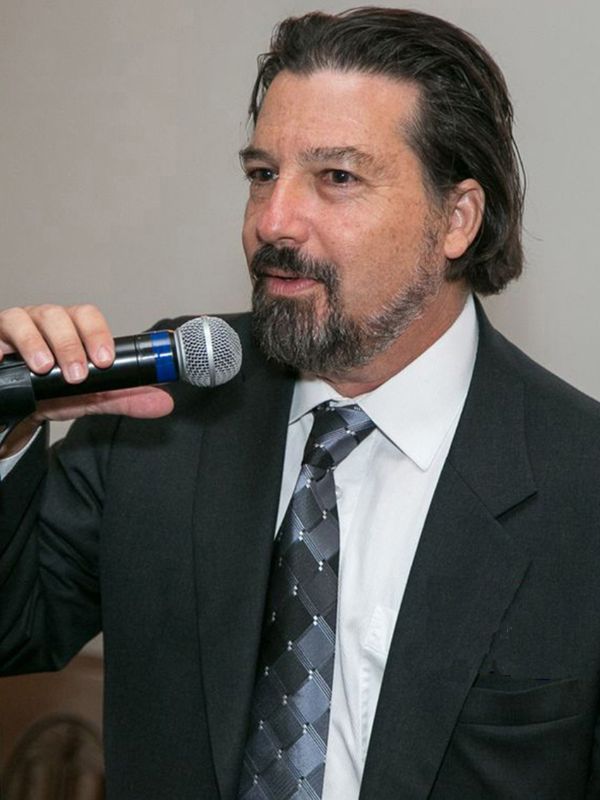Publications
Bronze Age in Northern Germany and Southern Scandinavia
Joint Talk with Archaeological Institute

Bronze Age grave mound (around 1500 BCE) at Schmalensee, district Segeberg, Northern Germany © S. Schaefer-Di Maida, CAU Kiel.
Join us for an evening with Dr. Stefanie Schaefer-Di Maida, a postdoctoral researcher
in the field of Bronze Age Archaeology, and Dr. Charles Stanish of USF as they discuss
the Bronze Age in Northern Germany and Southern Scandinavia. The event will feature
an opening reception with light bites and refreshments following an informative discussion
by Dr. Schaefer-Di Maida with ample time for audience questions.
DATE, TIME AND LOCATION
Wednesday, April 24, 2024
4:30-5:30 PM
Check in starts at 4:00 PM
C.W. Young Hall
2nd Floor – Room 206
12303 USF Genshaft Drive
Tampa, FL 33620
ABOUT THE EVENT
The Bronze Age groups left behind burial mounds in northern Germany and southern Scandinavia that are still visible in the landscape today. These monuments enable the reconstruction of elaborate structures and rituals in a period comprise between 1800 and 1200 BCE. The fact that they were probably built for a small fraction of the society only has already inspired long series of socio-political narratives in the research (e.g., chiefdoms, warrior elites, etc.). At the end of this phase then, around 1300 BCE, a central transformation took place: the transition from inhumation to cremation. All European societies were affected by this new treatment of the body - regardless of the size of the community or the social organisation. This transformation process was accompanied by further changes in the field of work. Firstly, there was a significant decline in the construction of burial mounds and thus a change in the cooperation and social roles that were previously necessary for the construction of such structures. Moreover, the emergence of egalitarian burial patterns (e.g. urn burials), a change in material culture, new forms of housing, new activities (e.g., the construction of large-scale cooking stone pits) and a new symbolic language can be observed at this time. The presentation will first describe this transformative development and, in a second step, discuss it anew against the background of a revision of existing narratives, with a particular focus on the critical review of the categories of social roles and definitions of power, that have been often applied far too liberally to prehistory.

Speaker
Stefanie Schaefer-Di Maida
Stefanie Schaefer-Di Maida is a postdoctoral researcher in the field of Bronze Age
Archaeology. Her main topics of research are Bronze and Iron Age in Europe, material
culture, burial rites, ceramic studies & technology, cave archaeology, human-environmental
interaction, and socio-political practices.
After her Bachelor studies in Pre- and Protohistoric Archaeology, and European Ethnology/Folklore
at Würzburg University, she completed her Master in Pre- and Protohistoric Archaeology
at Kiel University in 2016. After that, she joined the DFG Collaborative Research
Centre CRC 1266 ‘Scales of Transformations - Human-Environmental Interaction in Prehistoric
and Archaic Societies’ at Kiel University for her PhD studies and obtained her doctoral
degree (Dr. phil.) in May 2020. Since that, she has been working as a Postdoc in the
CRC 1266 within the sub-project focused on Bronze Age transformations in North Central
Europe. The change from inhumation to cremation and the associated changes in the
treatment of the dead, grave construction and grave furnishings are a central aspect
of her research and teaching activities.
Most Recent Publications
- Schaefer-Di Maida, S. (2023). Unter Hügeln. Bronzezeitliche Transformationsprozesse in Schleswig-Holstein am Beispiel vom Fundplatz von Mang de Bargen, Bornhöved (Kr. Segeberg). Teil I und II. Leiden: Sidestone, https://doi.org/10.59641/q9013tc
- Schaefer-Di Maida, S., Kneisel, J. (2023). The Urnfield Phenomenon in Schleswig-Holstein: New insights
into the chronology and Hypotheses. In: H. A. Rose/L. Christensen/A. J. Louwen (eds.),
BEYOND URNFIELDS – New Perspectives on Late Bronze Age – Early Iron Age Funerary Practices
in Northwest Europe. Schriften des Archäologischen Landesmuseums, Ergänzungsreihe
16, Schleswig.
- Schaefer-Di Maida, S., Laabs, J., Wunderlich, M., Hofmann, R., Piezonka, H., Kreuz, P.-A., Sabnis,
S., Brozio, J. P., Dickie, C. & Furholt, M. (2024). Scales of Political Practice and
Patterns of Power Relations in Prehistory. In: Müller, J., Kirleis, W., Taylor, N.
(eds) Perspectives on Socio-environmental Transformations in Ancient Europe. Quantitative
Archaeology and Archaeological Modelling. Springer, Cham. https://doi.org/10.1007/978-3-031-53314-3_9
- Jan Piet Brozio, Jutta Kneisel, Stefanie Schaefer-Di Maida, Julian Laabs, Ingo Feeser, Artur Ribeiro & Sebastian Schultrich (2024). Patterns
of Socio-economic Cultural Transformations in Neolithic and Bronze Age Societies in
the Central Northern European Plain. In: Müller, J., Kirleis, W., Taylor, N. (eds)
Perspectives on Socio-environmental Transformations in Ancient Europe. Quantitative
Archaeology and Archaeological Modelling. Springer, Cham. https://doi.org/10.1007/978-3-031-53314-3_5
- Schaefer-Di Maida, S. (2024). The Evil Twin: The Older Bronze Age Ceramic Typology of the Nordic Circle.
Prähistorische Zeitschrift 2024, https://doi.org/10.1515/pz-2023-2035
- Rose, H., Schaefer-Di Maida, S., Kneisel, J. (in print). Dynamic monuments: chronological modelling of a Late
Neolithic-Early Iron Age cemetery complex at Mang de Bargen, northern Germany. Proceedings
of the Prehistoric Society, vol. 90, 2024.
- Kneisel, J., Loy, A. K., Nakoinz, O., Schaefer-Di Maida, S. (accepted). Konfliktvermeidung und Konfliktbeilegung in der Südzone des nordischen Kreises und Polen. In: M. Jung (Hrsg.), Konfliktvermeidung und Konfliktbeilegung in Gesellschaften ohne Zentralgewalt.

Moderator
Charles Stanish, PhD
Charles Stanish has worked extensively in Peru, Bolivia, Guatemala, and Chile, conducting archaeological research on the prehistoric societies of the region. His work focuses ancient agriculture, trade, war, and labor organization. He is a Fellow of the American Academy of Arts and Sciences and is a member of the National Academy of Sciences of the United States.